For most of human history, scientific work was not considered male job. Women who wanted to study the stars and planets faced many obstacles — from men’s condescension to different sets of “traditional duties” imposed by society and all sorts of prohibitions on higher education.
Nevertheless, some of the fair sex managed to break stereotypes and make an invaluable contribution to the study of the Universe. On the occasion of Women’s History Month, which is celebrated in March, The Universe Space Tech team is pleased to tell you about eight outstanding women whose names should be known to all astronomy community.
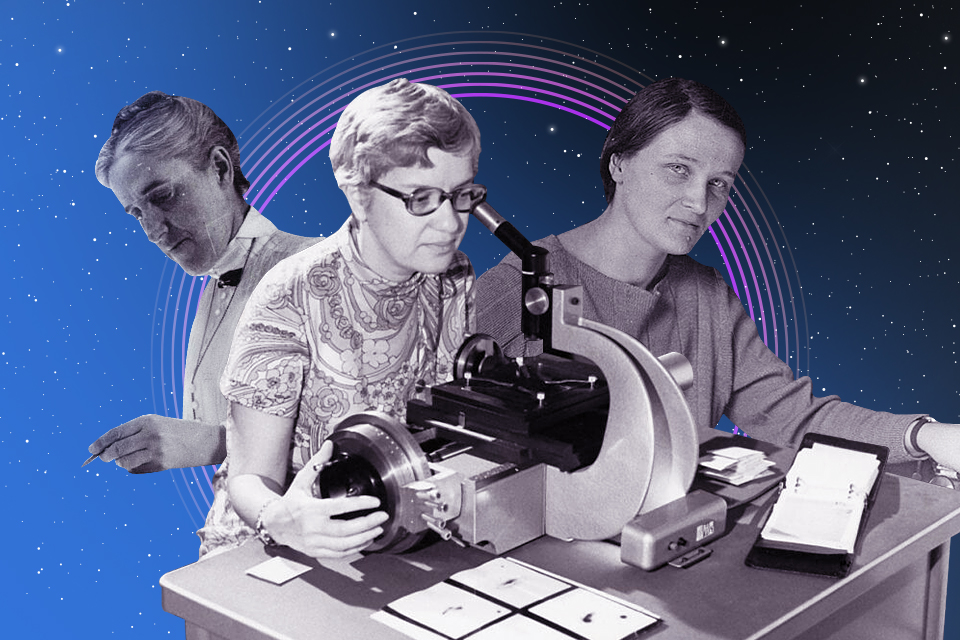
Caroline Herschel
The name Herschel is one of the most famous in the history of astronomy. The legendary William Herschel discovered Uranus, several moons of the giant planets and discovered the existence of infrared radiation. His son John followed in his father’s footsteps, becoming famous for his observations of multiple stars and nebulae, his research in photography, and his efforts to popularise astronomy.
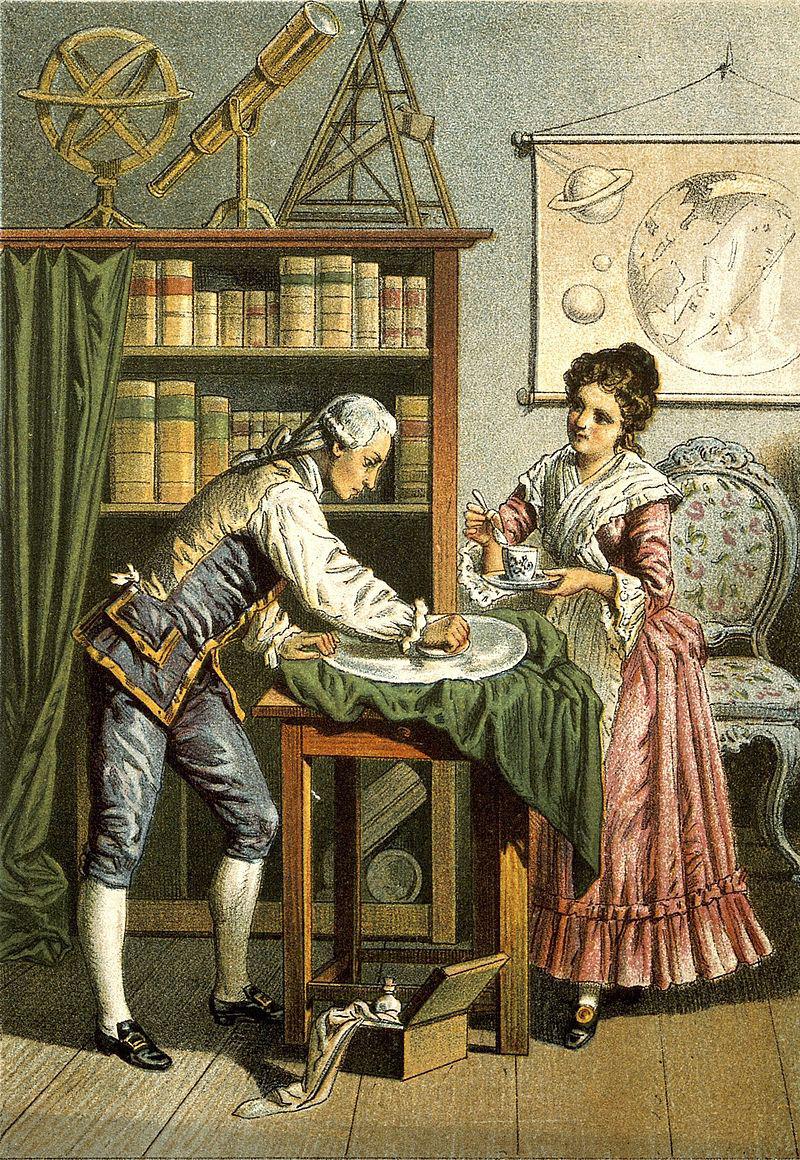
Caroline Herschel. Credit: Wellcome Collection gallery
But there was another Herschel in this glorious family — William’s younger sister Caroline (1750-1848). In her childhood, she contracted typhus, which caused her to go blind in one eye, and her growth stopped at 130 cm. Her mother decided that her daughter would never marry, and that the best she could achieve in life was to get a job as a maid. Fortunately, her father managed to get Caroline an education.
In 1772, Herschel moved with her brother from Germany to England, where she began to help him with his scientific research. Later, she became interested in astronomy herself and began making her own observations. In 1786, Caroline became the first woman in history to discover a comet. In total, she discovered 8 new comets and 14 nebulae during her lifetime.
After her brother’s death, Herschel completed his catalogue of 2500 star clusters and nebulae (many of which were actually galaxies). Later, this work became the basis for the famous New General Catalogue, which remains the most well known list of deep space objects in amateur astronomy today.
The Royal Astronomical Society of Great Britain awarded Caroline Herschel a gold medal and later elected her an honorary fellow. She became the first woman to receive such honours. At the age of 96, the scientist received a gold medal from the Prussian Academy of Sciences. The asteroid Lucretia (281 Lucretia) and a crater on the Moon were also named in her honour.
Annie Cannon
Oh, Be A Fine Girl, Kiss Me. For almost a century now, this mnemonic phrase has been used by novice astronomers to memorise the order of spectral classes of stars. This sequence was invented by Annie Jump Cannon (1863-1941).
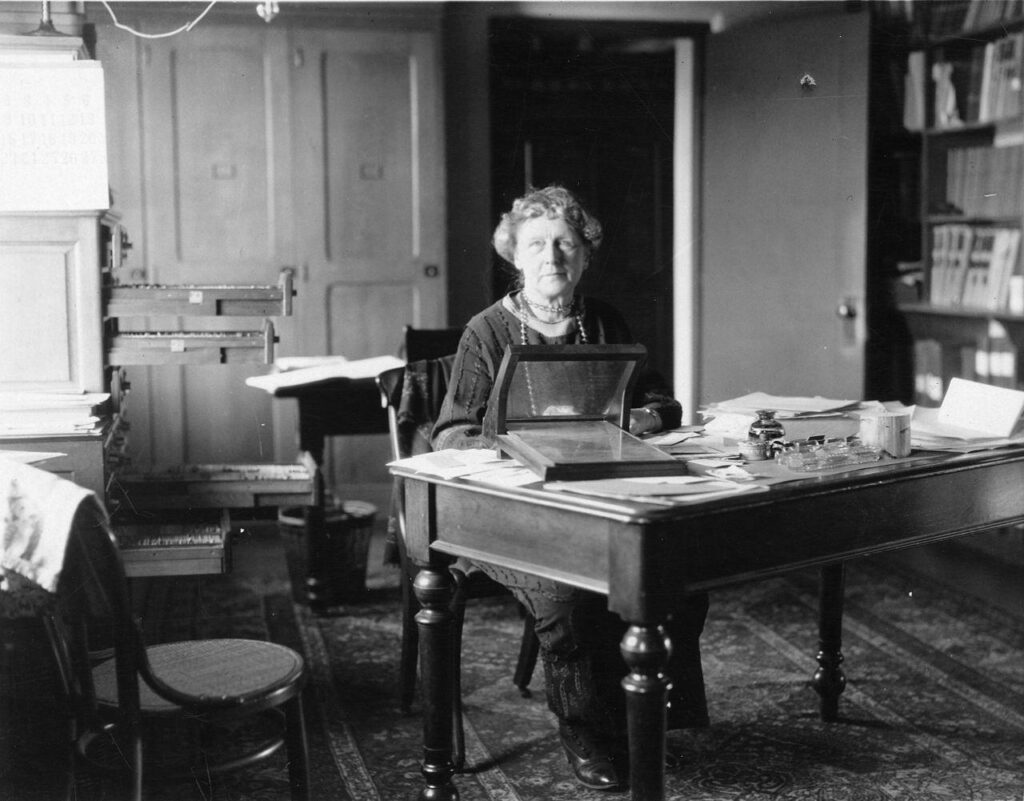
Annie Jump Cannon. Credit: Smithsonian Institution
In 1896, Annie got a job at Harvard University. She became a member of Professor Pickering’s group studying stellar spectra. At that time, astronomers used several options for classifying stars, but none of them were successful. After reviewing many photographic plates, Cannon developed her own, much more convenient system.
According to her contemporaries, Annie was phenomenally efficient. On average, she managed to classify three stars in a minute by simply observing the intensity of their spectral lines. When using a magnifying glass, she could identify stars of ninth magnitude — 16 times dimmer than what the human eye can see.
Despite its “manual” nature, Cannon’s work was distinguished by a very high degree of accuracy. Over the 40 years of her scientific career, she classified more than 350,000 stars. This record has never been broken. Annie was the first woman to receive an honorary doctorate from Oxford University and was awarded the gold medal of the National Academy of Sciences. But perhaps the main reward was that in 1922, the International Astronomical Union officially approved the star classification system she developed. With minor adjustments, it is still in use today.
Henrietta Swan Leavitt
The 1920s were marked by a real revolution in astronomy, comparable in its consequences to the publication of Copernicus’ famous work On the Revolutions of the Celestial Spheres. Edwin Hubble managed to prove that the Universe is not limited to the Milky Way and that many of the observed “nebulae” are actually separate galaxies located far beyond our own.
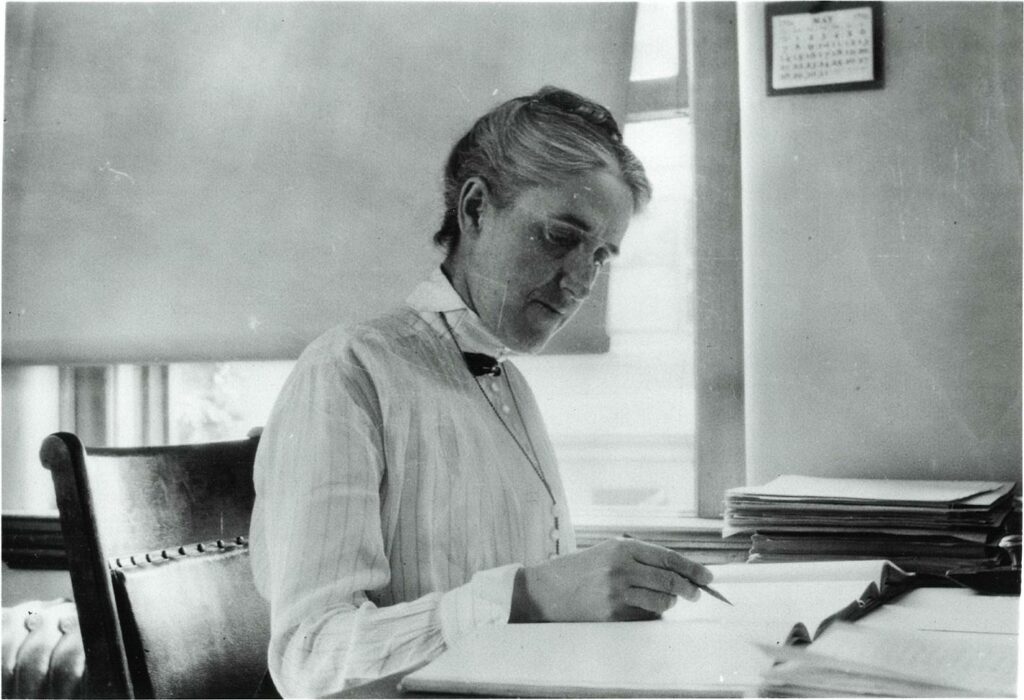
Henrietta Swan Leavitt. Credit: Margaret Harwood – American Institute of Physics, Emilio Segrè Visual Archives
But Hubble’s groundbreaking discovery would never have happened if not for the research of Henrietta Swan Leavitt (1868-1921). Like Caroline Herschel, she faced a serious illness that left her almost completely deaf. But this did not prevent her from finding a job in 1893 at the Harvard College Observatory as an assistant to Professor Pickering.
Her main responsibility was to compile a catalogue of photographic plates with images of the luminaries and determine their magnitudes. While studying the variables of the stars in the Large and Small Magellanic Clouds, Swan noticed that there was a certain relationship between the period of change in their brilliance and luminosity. In 1908, the scientist published an article reporting her discovery.
Later, Henrietta focused on cepheids, a class of pulsating variable stars. In 1912, she wrote a new article. The text was sent to the journal and signed by Pickering, but the first sentence stated that it was prepared by Swan. The paper contained a diagram that showed the possibility of determining the distance to a cepheid by its apparent brilliance. It was later called Leavitt’s law.
This law allowed astronomers to use cepheids as “standard candles” to determine distances. Later, Edwin Hubble used them to prove that the Universe stretches far beyond the Milky Way. Unfortunately, Swan did not live to see this moment. Later, the asteroid Leavitt (5383 Leavitt) and a crater on the Moon were named in her honour.
Cecilia Payne-Gaposhkina
Cecilia Payne (1900-1979) was born in England. As a student, she attended a lecture by the famous astronomer Arthur Eddington. This event changed her life forever. Payne decided to take up astrophysics. However, it was not easy to realise her dream. Although Cecilia graduated with honours from Cambridge University, she could not obtain a degree because of her gender (Cambridge began to grant degrees to women only after the Second World War), so she moved to the United States, deciding that she would have more opportunities there.
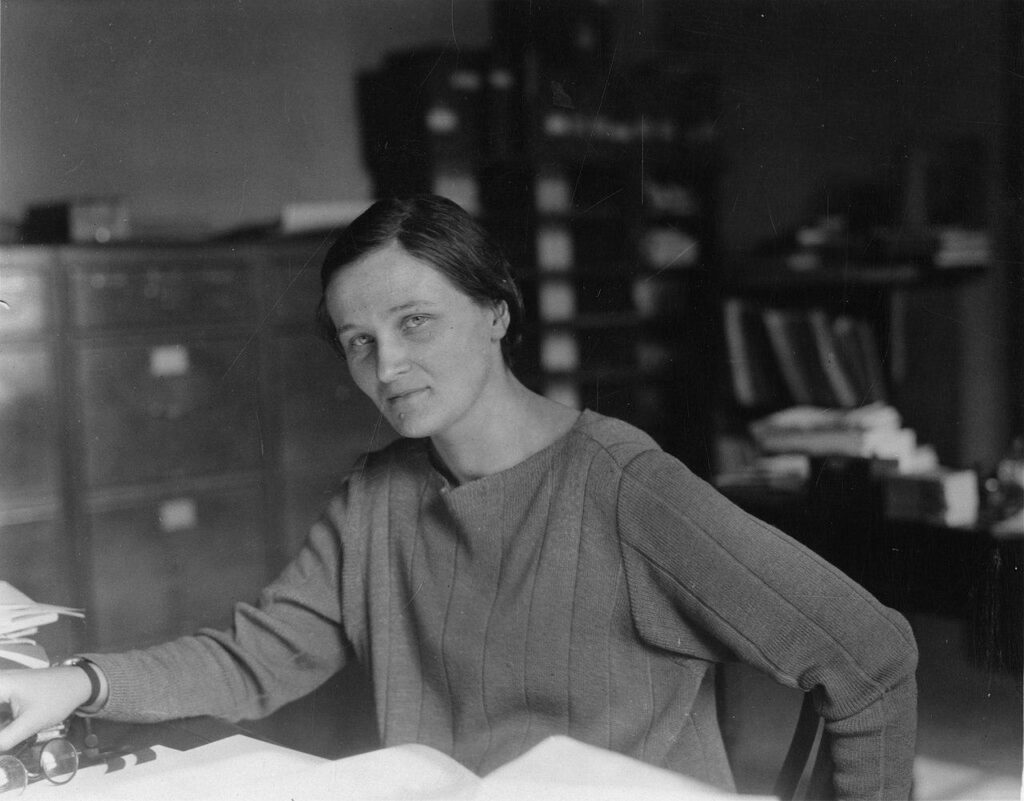
Cecilia Payne-Gaposhkina. Credit: Smithsonian Institution Archives
Cecilia got a job at the Harvard University Observatory and chose stars as her research object. Studying their spectra, she came to the conclusion that the chemical composition of most stars is approximately the same and their main components are hydrogen and helium. Payne outlined her vision in her 1925 book Stellar Atmospheres. Astrophysicist Otto Struve later called her thesis one of the best in the history of astronomy.
Cecilia’s conclusions differed fundamentally from the theory of the time, according to which stars contain mainly iron and are similar in chemical composition to the Earth. Many scientists refused to believe that Payne was right. The famous astronomer Henry Norris Russell even convinced her to stop research in this area, but a few years later he published an article in which he admitted that he was wrong.
In 1934, Payne married Russian emigrant Sergei Gaposhkin. Their marriage was compared to the family of Maria Skłodowska and Pierre Curie. The couple studied stars with variable luminosity and carefully systematised the material they collected. In 1956, Cecilia became the first woman in history to be appointed a professor at Harvard University. In 1976, she was honoured with the American Astronomical Society’s highest honour, the Henry Russell Award, ironically named after Henry Russell.
At the award ceremony, Payne said: “The true reward for a young scientist is the emotional thrill of being the first person in history to see something or understand something. Nothing can compare to that experience… The true reward for a mature scientist is to watch a vague sketch turn into a grand landscape.”
Elinor Margaret Burbidge
We are all made of stardust — elements that were formed during the evolution of stars and were ejected into space at the moment of their death. Nowadays, we perceive this as a fait accompli. But it was not always so. And for this knowledge, we should thank the group that included Elinor Margaret Burbidge (1919-2020), one of the most prominent astronomers of the 20th century.
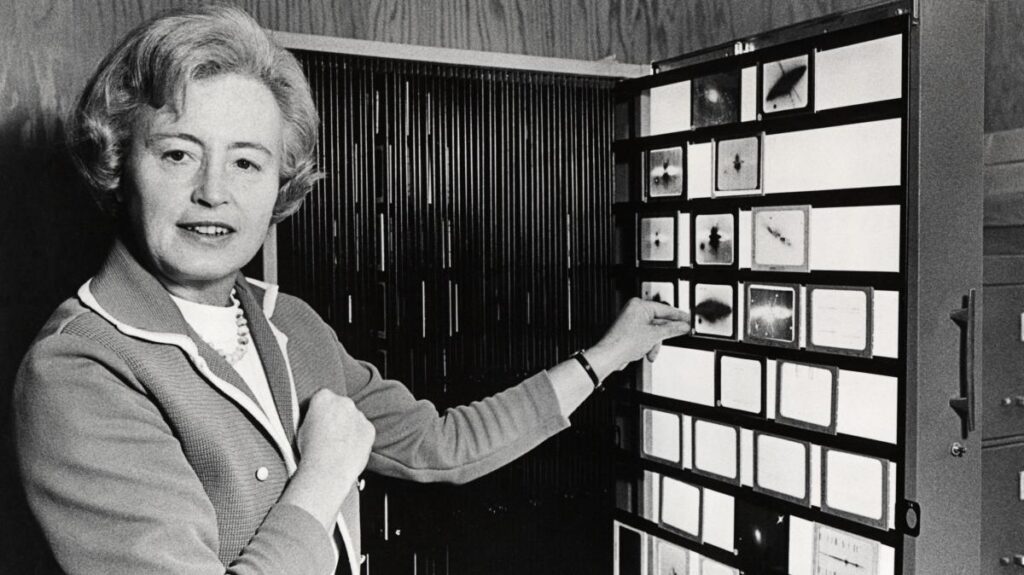
Elinor Margaret Burbidge. Credit: Emilio Segre Visual Archives/American Institute of Physics/SPL
Like Cecilia Payne, Margaret Burbidge was born in England. She earned her doctorate at the University of London and later applied for a Carnegie Fellowship with the intention of conducting observations at the telescope of the American Mount Wilson Observatory. But she was rejected. The reason was quite prosaic: at that time, women were not allowed to do such work.
But Margaret did not give up. In 1955, her husband, astrophysicist Geoffrey Burbidge, received a grant that allowed him to conduct observations at the Mount Wilson Telescope. Margaret went with him, posing as her husband’s assistant. Eventually, the observatory’s management discovered this insidious plan, but made an exception, allowing the woman to work on the telescope.
Burbidge’s main research focused on determining the chemical composition of stars. Together with her husband and astronomers William Fowler and Fred Hoyle, she developed the theory that all chemical elements can be synthesised during nuclear reactions in the nuclei of stars. In 1957, the team published the results of their groundbreaking research. This was the beginning of a new chapter in the history of astrophysics. The work is known as the B2FH theory, after the first letters of the names of the scientists who took part in its creation.
Later, Burbidge studied quasars and active galaxies. She actively supported the project to build a space telescope and helped develop the Hubble spectrograph for faint objects. In 1976, Margaret Burbidge became the first woman to be elected president of the American Astronomical Society.
Nancy Roman
It is difficult for modern astronomers to imagine their lives without the Hubble telescope. This instrument has literally revolutionised the way humanity thinks about the world around us. Hubble has allowed us to look into the Universe`s nooks that we had never even imagined existed before.
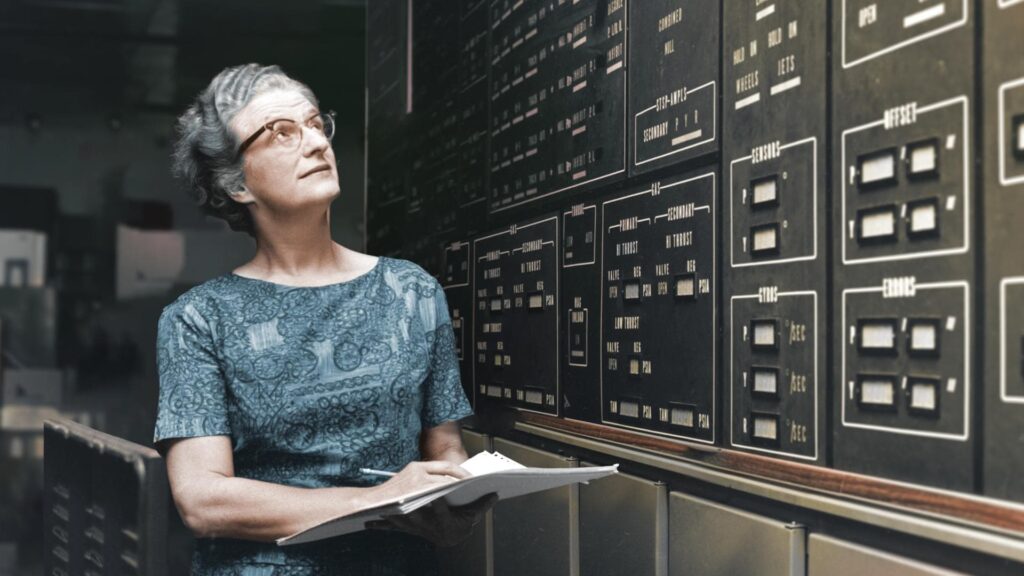
Nancy Roman. Credit: NASA/ESA
Of course, this telescope was a collective project that involved thousands of people. But the contribution of one person proved to be decisive in many ways. Her name was Nancy Roman (1925-2018).
At the beginning of her scientific career, Roman worked at several American observatories. In 1959, she joined NASA as the head of the astronomy department. She was the first woman to be appointed to a senior position in the space agency. During her 21 years there, Nancy participated in the launch of several orbiting solar observatories and scientific satellites and developed plans for other space missions.
Roman’s last project at NASA was the Hubble Telescope, namely the initial planning of the programme and the laying of its basic structure. According to her colleagues, she literally managed to “sell” the idea of a space telescope and organised the astronomical community, which convinced the US Congress to fund the ambitious project. For this, Roman received the flattering nickname “Mother Hubble“.
Vera Rubin
We see the Universe as a cluster of stars, planets, interstellar gas clouds, nebulae, and galaxies. But they account for only 4-5% of its total mass. A much larger percentage of the matter in the Universe (almost 85% of the mass) is so-called dark matter. We cannot see it. It does not emit, absorb, or reflect light. Its presence is only revealed by its gravitational effect on ordinary matter.
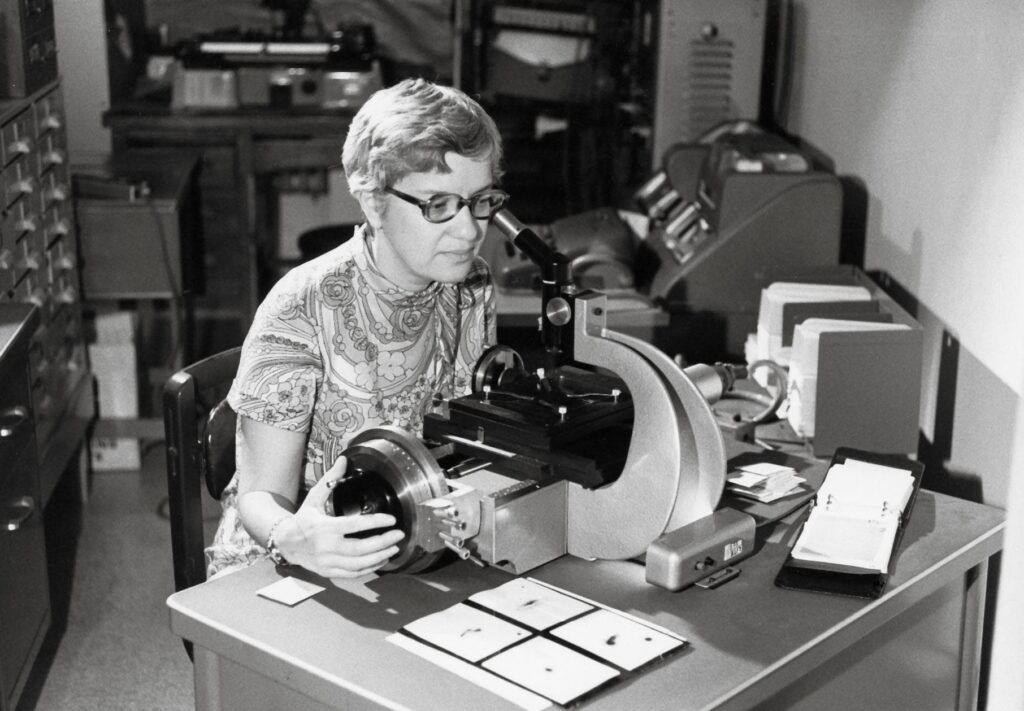
The theory that most of the Universe consists of hidden mass was developed before the Second World War. However, it was only in the 1960s that astronomers received convincing evidence to prove its veracity. And for this, we have to thank Vera Rubin (1928-2016).
She became interested in astronomy as a child, although one of her school teachers tried to dissuade her, warning her to stay “as far away from science as possible”. At the age of 14, with the help of her father, Vera built her first telescope. Later, she entered Cornell and Georgetown Universities, received a doctorate and defended her thesis under the supervision of George Gamow.
In the 1960s, Rubin, together with Kent Ford, began measuring the velocities of stars in the Andromeda Nebula galaxy. During the observations, they managed to establish a very unusual fact: the speed of the luminaries on the periphery was close to the speed of movement in the centre. This contradicted the idea that the rotation of stars around the galactic nucleus should be similar to the motion of planets in the Solar System.
Later, scientists studied the rotation of more than two hundred other galaxies and obtained similar results. The mass of stars and gas in the centre of all these galaxies was clearly insufficient to provide such a high speed on the periphery. As a result, Vera concluded that the stars were being influenced by a hidden substance whose mass far exceeded that of visible matter.
Subsequently, these data began to be seen as the main evidence for the dark matter hypothesis. As for Rubin herself, she continued to study galaxies and made a number of new discoveries. A telescope under construction in Chile and a mountain range on Mars are named after her.
Jocelyn Bell
Jocelyn Bell (born in 1943) went down in history as the author of one of the most important scientific discoveries of the 20th century. It was made in 1967, when Bell was working at Cambridge University as a graduate student of Professor Anthony Hewish, who designed a radio telescope to observe compact radio sources (mainly quasars).
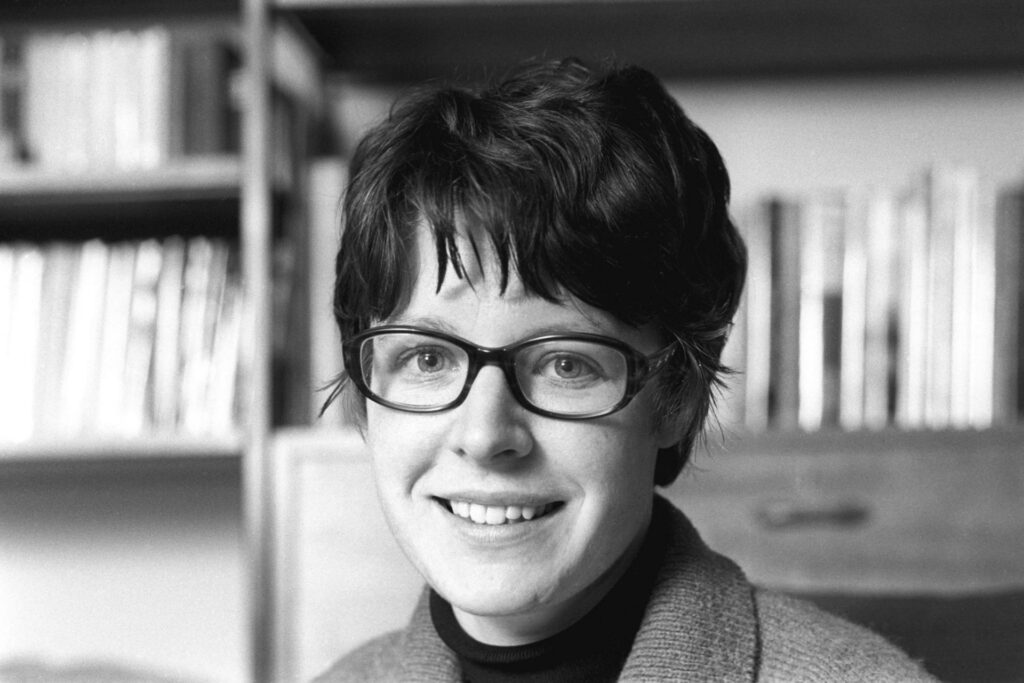
At that time, astronomers did not have computers capable of processing information. All the data collected by the Hewish’s Radio Telescope was recorded on paper tape. Later, someone had to look through it and try to understand what signals the device had received.
Bell was assigned this task. During her work on the project, she analysed more than 50 km of paper tape and learned to distinguish signals from space sources from interference from Earth-based equipment. At some point, she noticed unusual pulses. They did not resemble either quasar radiation or terrestrial radio transmissions and were repeated at a certain interval of 1.3 seconds.
At first, Hewish was not interested in Bell’s discovery, believing that the pulses were of terrestrial origin. We can understand him, because at that time, astronomers did not know of any bodies that could send regular signals with such a short periodicity. However, the persistent Bell convinced her supervisor to conduct a more detailed study. It showed that the pulses were emitted by an object located far outside the solar system. For some time, astronomers even suggested that the signals could be of artificial origin. Consequently, the unknown object was designated LGM-1 (short for little green men). But soon Jocelyn discovered other sources of similar pulses. It became clear that this was a completely new class of bodies, called pulsars.
The discovery of pulsars was one of the most important events in the history of modern astronomy. Not surprisingly, it was considered worth the Nobel Prize. In 1974, it was awarded to Hewish and Dr Martin Ryle for his contribution to the development of radio telescope systems. Bell was not among the laureates, despite the fact that the rules of the prize allow it to be shared between three scientists.
The Swedish Royal Academy’s disregard for Bell’s merits is often cited as one of the greatest injustices in the history of the Nobel Prize. Many astronomers have criticised this decision. However, Jocelyn herself later said that she was not upset because, in her opinion, it is the supervisor who is responsible for the success or failure of a project — and it is okay that he or she should get all the credit.
And, to be fair, Jocelyn has amassed a fairly impressive collection of prestigious awards and honorary degrees in her academic career.

